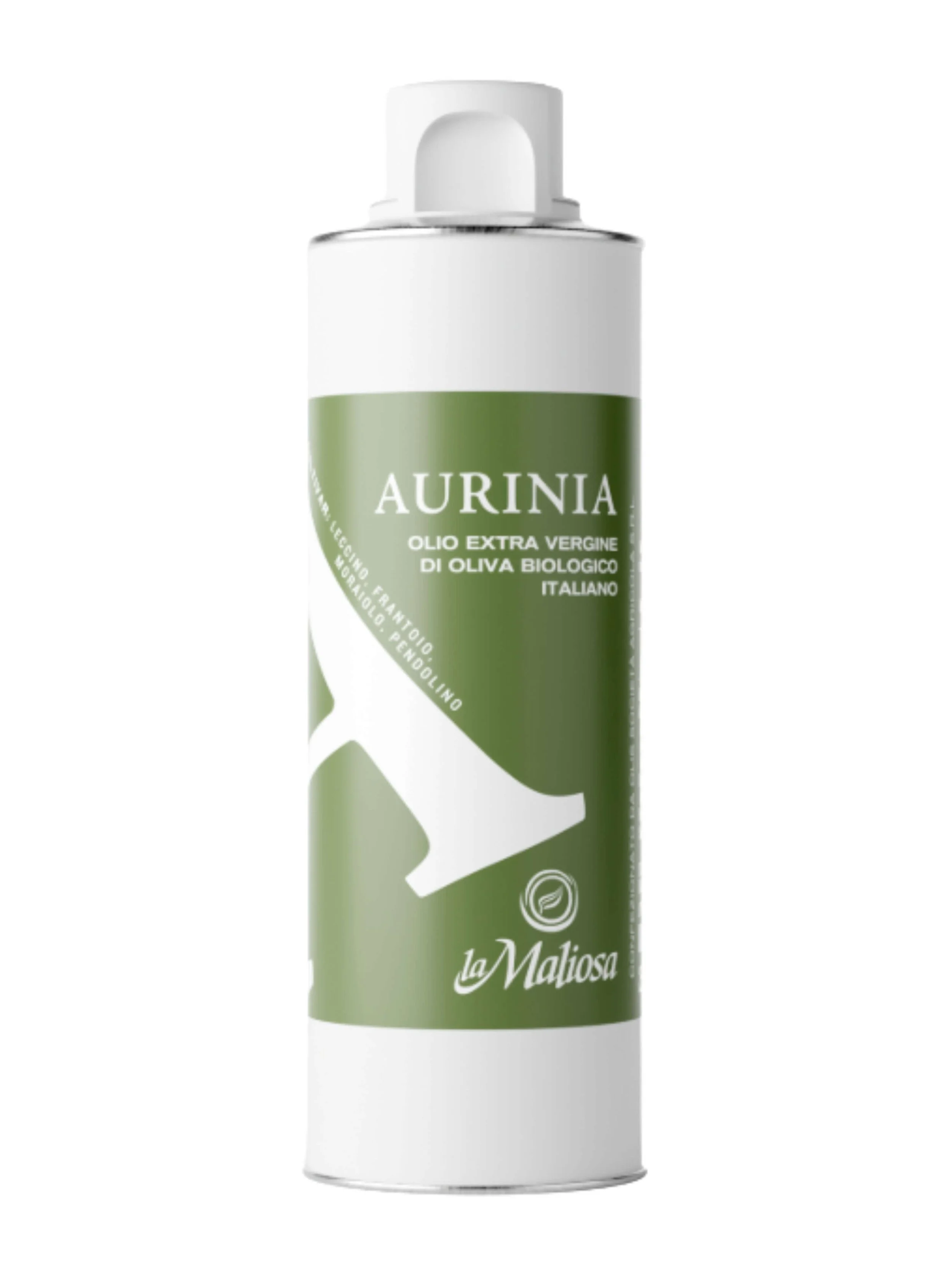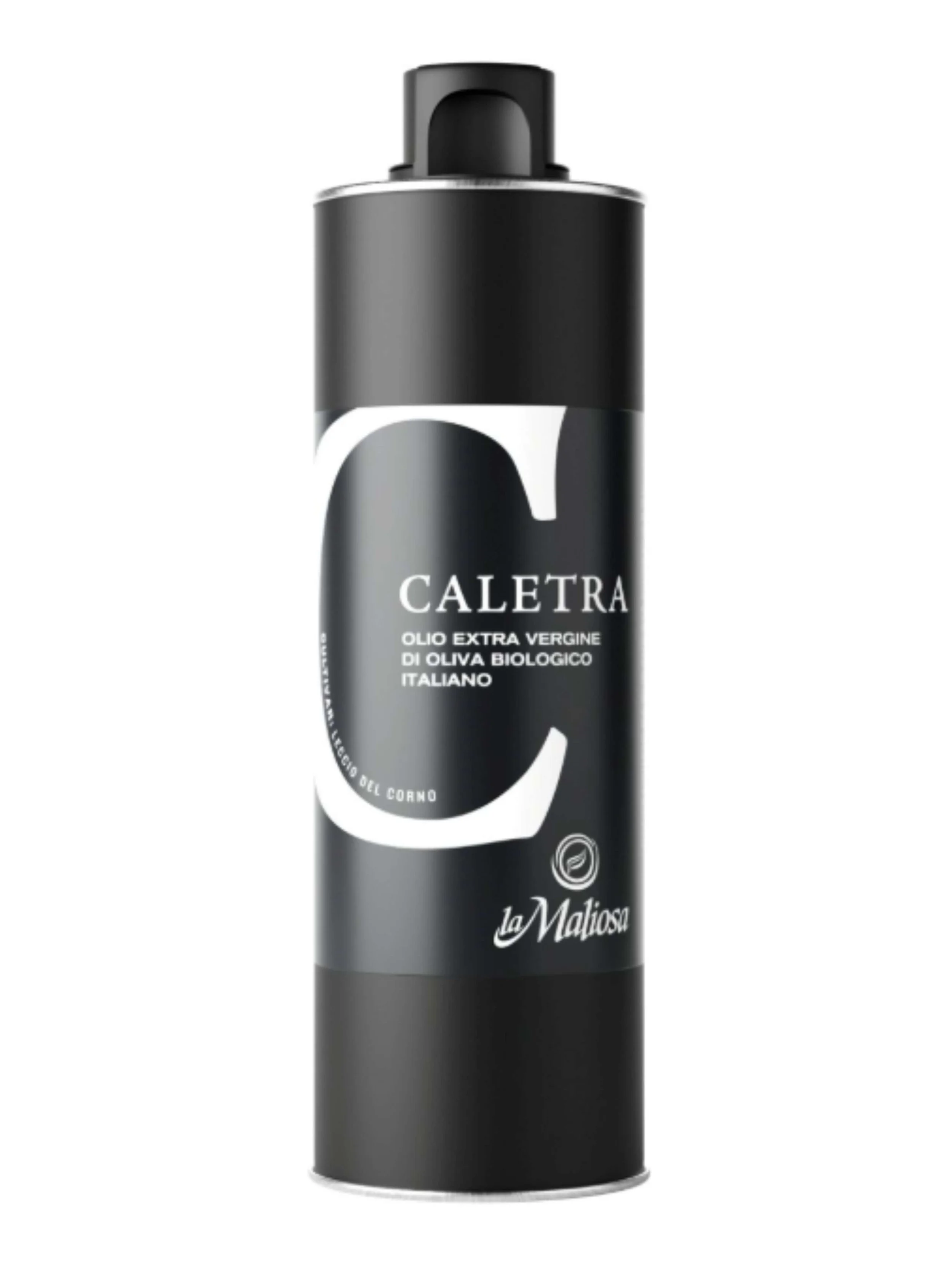Become an Olive Oil Connoisseur
Did you know that there are a ton of similarities to making olive oil as making wine?
Olive oil is a natural complement to wine in more ways than one: so many of the fascinating aspects of wine also apply to olive oil.
It’s a whole world to explore, from understanding how olive oil is made, types of olives, choices olive oil makers have and why they are taken, learning to taste and cooking and pair with foods. This is the second of a series with the first focused on how olive oil is made and what’s special about extra virgin olive oil.
Interested in learning about how to evaluate and taste olive oil? Read on.
Similarities Between Wine and Olive Oil
Olive oil and wine begin their parallel journeys far before they reach the bottle and your glass and table. In olive groves, winegrowers are agronomists, or olive farmers. Both winemakers and olive oil makers must take special care of their fruit, as what happens while olives and grapes are on the trees and vines is just as important as the actual wine and olive oil making processes. As mentioned in our previous blog, La Maliosa’s agronomist, Luigi Antonelli, takes great pains to farm the olives in a natural and biodynamic way.
The importance of the figure of the olive oil maker carries on after harvest as well. Like in wine, once the oil has been pressed, it is then time to decide: blend or monocultivar? Olive oil, again similar to wine, can be a ‘single variety’ and made from one cultivar of olive, or it can be a blend of different cultivars, melding expertly desired flavors for a balanced olive oil. For example, at La Maliosa in Tuscany, Luigi prefers to make the monocultivar Caletra with the olive known as leccio del corno. A strong and resistant olive variety, it is also not used often in Tuscany, but its spicy flavor profile lends nicely to being a single-variety oil that is unique and unforgettable. In fact, it seems he made a good decision, as La Maliosa’s Caletra was awarded best organic extra virgin olive oil in Tuscany!
In other cases, such as with La Maliosa’s Aurinia, different varieties are blended together to craft and accentuate certain features of the olives. Made with Tuscan olive varieties native to the Maremma hills, frantoio, leccino, moraiolo, and pendolino, Aurinia brings a more rounded and buttery flavor to the table. Blending different olive oils, like blending different wine varieties, can be considered an art form, with olive oil producers dedicating hours sipping and mixing to create a balance and harmonious olive oil.
With all the variations available to a olive oil farmer when crafting a quality olive oil, it may come as no surprise that there are a myriad of companies, associations and groups focused solely on how to ‘properly’ taste olive oil, like sommeliers for olive oil. Even amateur cooks and enthusiasts can learn how to taste olive oil for themselves and begin to unravel the mysteries to find and appreciate a really good olive oil.
How to Taste Olive Oil
Tasting olive oil, much like wine tasting, has a method to best understand the different components of smell and flavors that can come from an olive oil, in fact the tasting methodologies for wine and olive oil are quite similar. Want to give it a shot? Here is the ‘Cliff Notes’ version to tasting olive oil like a pro:
Carefully pick your glass. Official olive oil tasting glasses are small and dark colored, like Antonella Manuli’s glass, the owner of La Maliosa, who shows us how to taste olive oil in this video. You want a dark glass to help hide the color. Unlike in wine tasting, olive oil’s color has little to do with the quality or tastes and is preferred to be hidden. Once you have your glass, pour in the olive oil and wrap your hands around it to gently warm the glass and oil, allowing it to fully release its aromas and flavors.
Cover the glass with your hand, locking in the aromas and allow them to build and concentrate. Slowly lift your hand and smell the oil, covering and repeating until you have a good sense of what aromas are represented in the oil. As Antonella said in an olive oil tasting VeroTalk ‘You need to smell the olive; it is a must! It is simple, but you MUST be able to smell the olives in a good quality olive oil.’
Sip the oil, but do not swallow yet. Instead, allow the oil to roll in your mouth as you start the strippagio, or stripping: the act of sucking in air through the mouth similar to slurping. Don’t be shy, you are supposed to make a loud slurping noise! This allows the oil to break into droplets and coat the entirety of your mouth, palate, and the back of your throat. This is crucial to feeling and tasting the full effects of the two most basic olive oil flavors: bitterness and spiciness.
Swallow and savor. Observe the taste and ‘retronasal’ smells, which contribute to the flavor of foods (or drinks) after swallowing. If it is a good quality olive oil you will cough, or at least have a bitter or spicy sensation in your throat. This bitterness and spiciness are important signs of the polyphenols, the source of olive oil’s healthy reputation. Without these important components, it means your olive oil is low in polyphenols. Stay tuned, as this is a topic for our next blog article.
Last but not least, as you go through these steps, tasting and sniffing, note everything, from flavors and aromas to the overall strength and complexity of the oil. For example, olive oil can be described as mild or fruity, peppery or spicy, or with aromas of almond or hay. The experts write down their tasting notes, so you may as well too! Your tasting notes serve to give an overall evaluation to the olive oil and to decide how best to use your olive oil when cooking and eating. By the way, we’ve had clients suggest other uses of the really good olive oil that we sell. Hmmm… this may be an idea for even another blog article ;)
Cooking with and Pairing Olive Oil
La Maliosa’s mono cultivar extra virgin olive oil, Caletra, when drizzled over a simple salad, transforms the flavors!
Versatile, olive oil has a myriad of uses in the kitchen. It can be used as a base to sauté meats and veggies or even fry (EVOO has a smoke point at 374–405°F). Cakes and desserts even benefit from the added flavors and texture that come from mixing some extra virgin olive oil into the batter. However, heating and cooking with olive oil does break down aroma and taste molecules, leading to a slight change in the flavors. This means, keep your very high quality extra virgin olive oils only to finish dishes; these oils shine the best when used raw, such as drizzled over salads and soups for an extra pop of flavor, or used to dress up simple vegetables. Antonella even says that in Italy there is a new movement of pairing olive oils with cheeses.
In a VeroTalk with Antonella and Burley Tuggle, they talked about how best to pair both Aurinia and Caletra with different foods, and what to consider when you are dreaming up your own pairings.
With a buttery and bitter extra virgin olive oil such as La Maliosa Aurinia Tuscan blend EVOO, Antonella recommends flavorful dishes, like grilled meats or fatty fish. Burley had prepared a simple caprese-inspired salad made from fresh tomatoes and mozzarella, seasoned with fresh herbs and dressed with a generous dose of Aurinia. Pairing warm bread dipped in Aurinia helps to release its buttery and polyphenol-rich bitter flavors, complementing nicely. We love the complementing flavors Aurinia provides when drizzled over a pizza or spaghetti with clams.
Moving onto the rare monocultivar La Maliosa Caletra EVOO made from the lecce di corno olive, Antonella prefers to pair it with vegetable dishes, such as steamed veggies or raw, as in Pinzimonio, or italian-style cruditè platter, (recipe here), or with vegetable soups, like the Tuscan soup Acqua Cotta (recipe here). Burley went simple and classic when using Caletra: a green salad, seasoned with salt pepper and fresh herbs, and dressed with Caletra and lemon juice. She also thought Caletra would be fantastic drizzled over a soft goat cheese or a boucheron style cheese. Vero founder Sheila Donohue drizzled Caletra over pasta primavera and found that Caletra gave the pasta dish another flavor dimension with a spicy kick. If you are meat minded, try Caletra over a simple steak and see for yourself how the flavor sensation is enhanced by this delicious extra virgin olive oil.
When considering both extra virgin olive oils, Aurinia and Caletra, it is important to note that these two olive oils are similar, yet also very different: their uses don’t necessarily overlap. What flavors one EVOO gives you the other doesn’t. Try both and experiment different dishes. There is a world of culinary and taste experiences to explore in olive oil!




